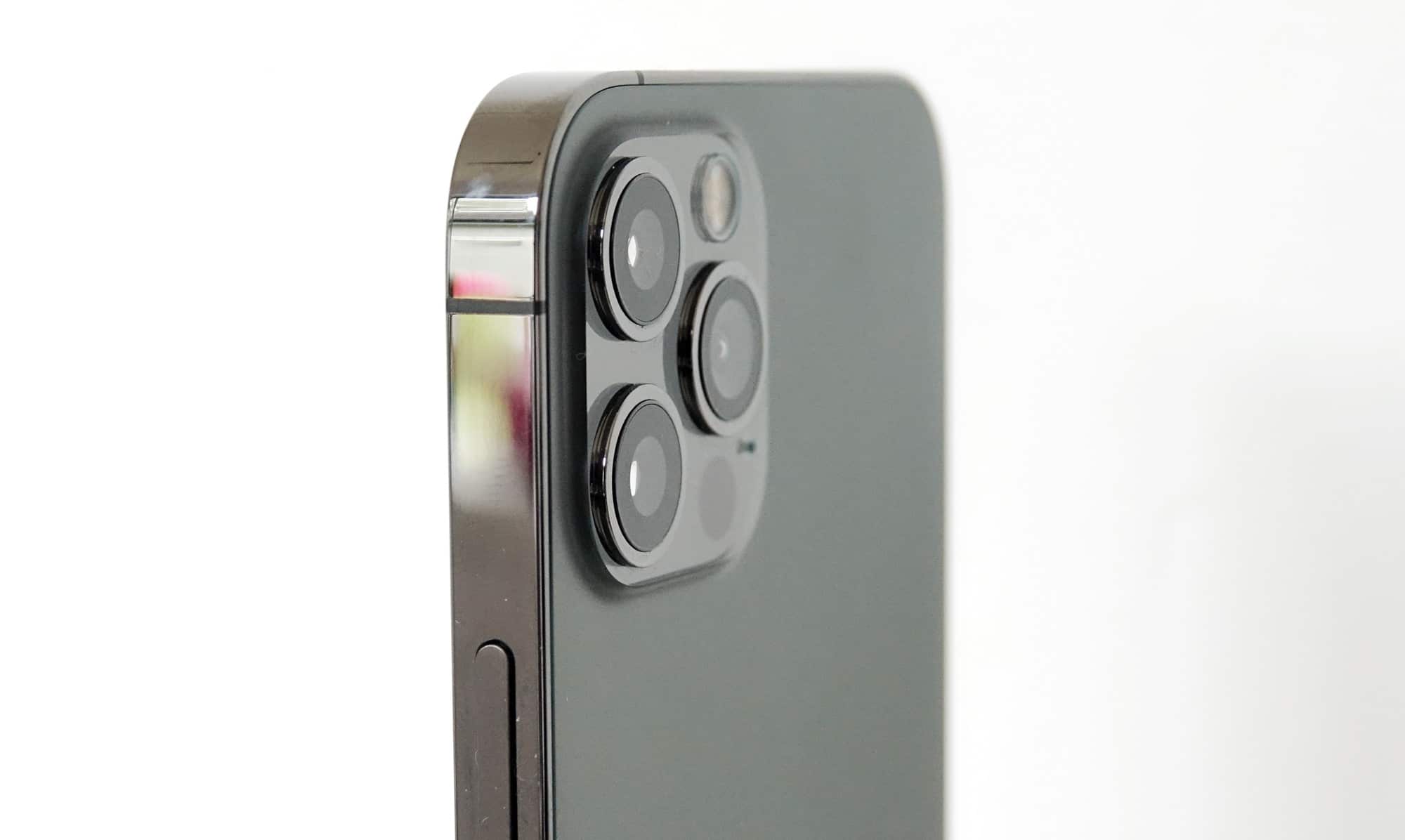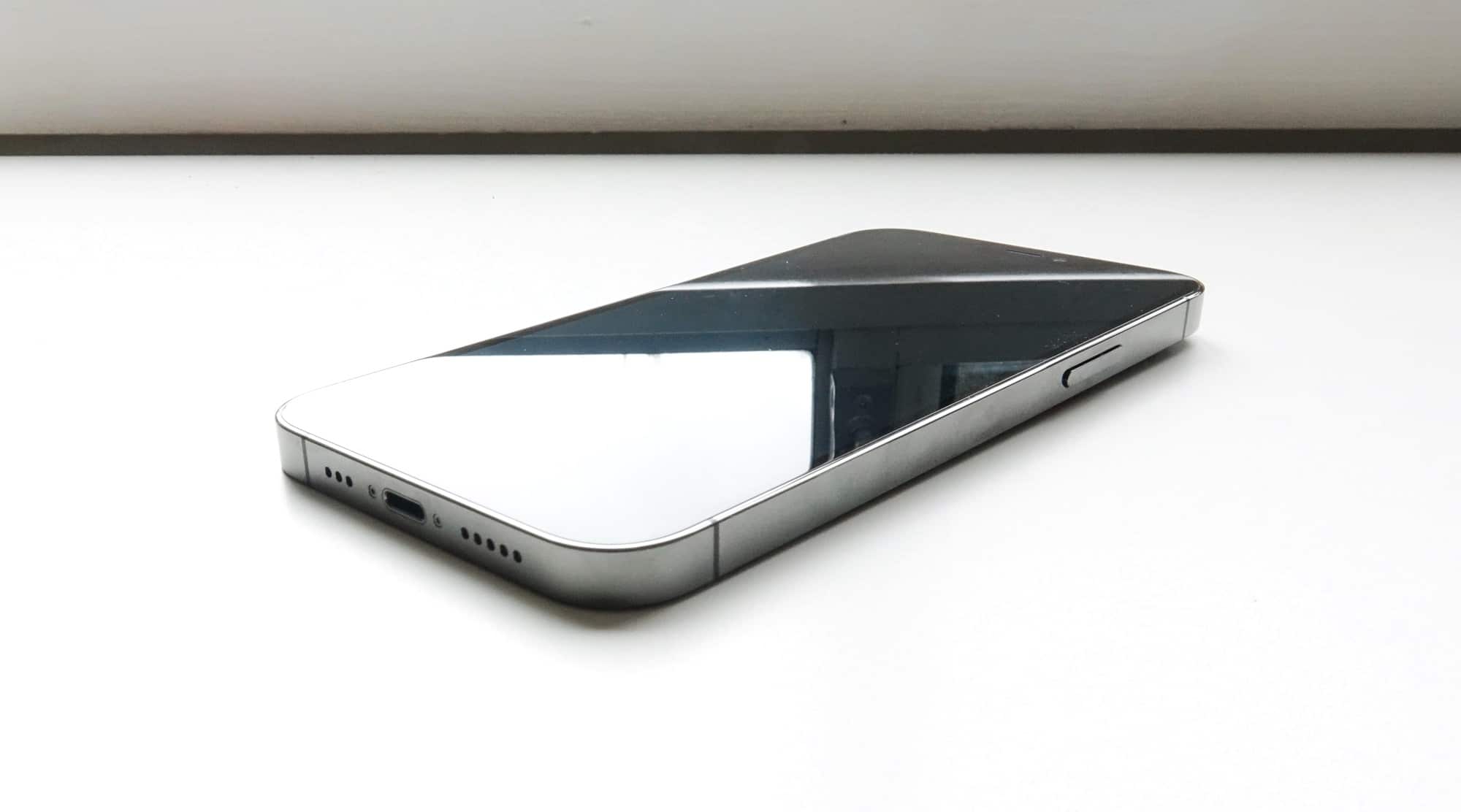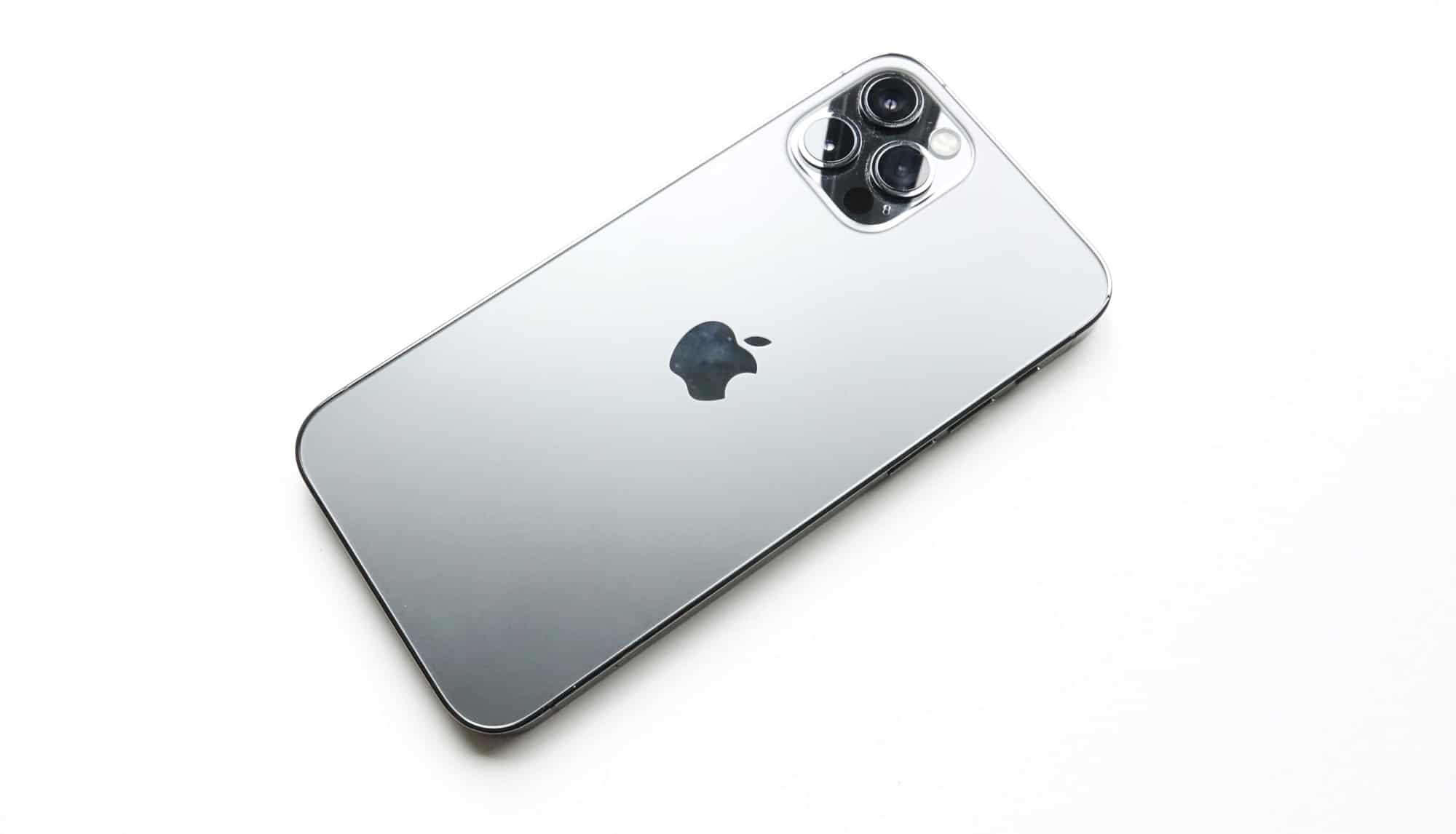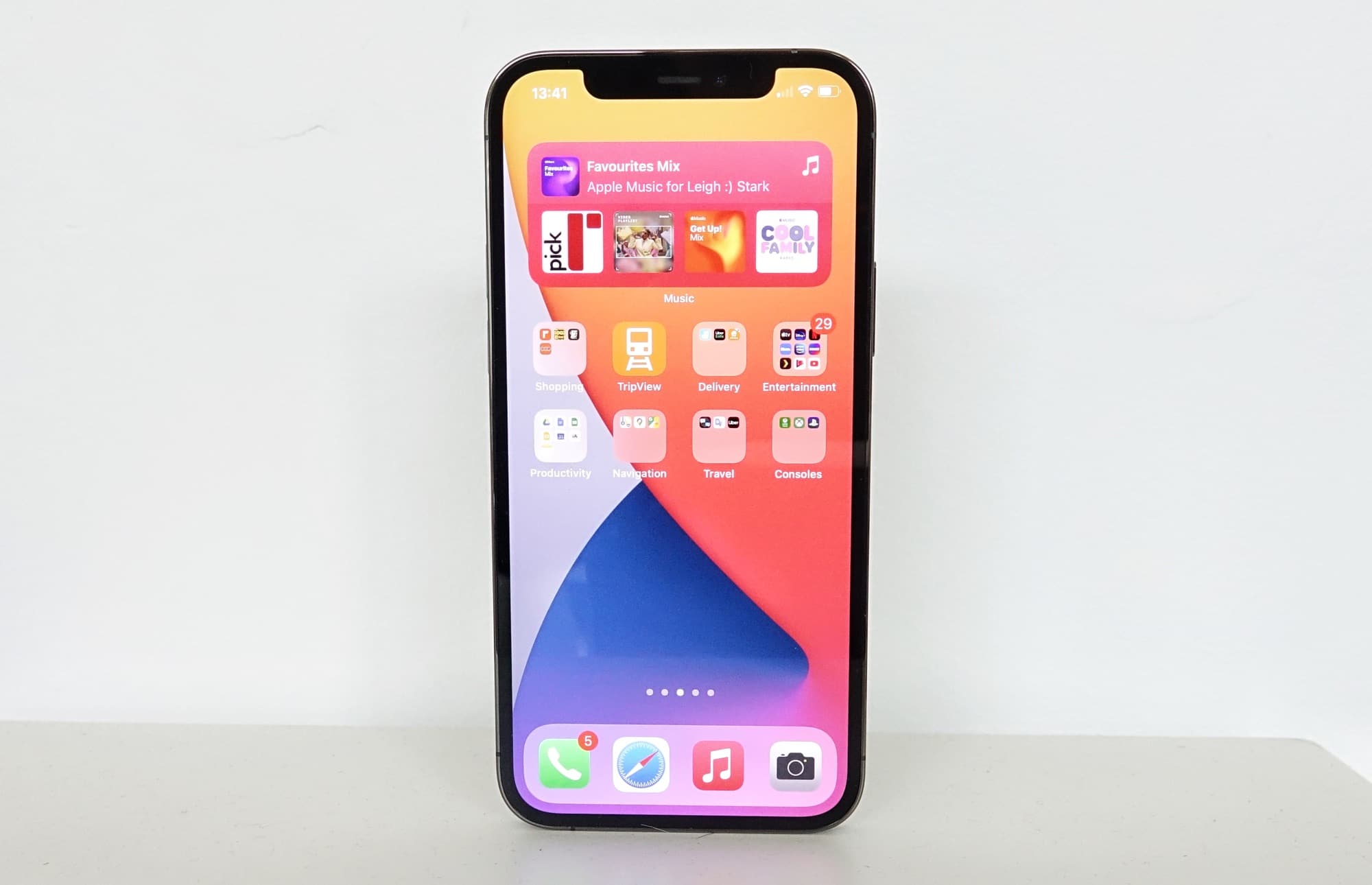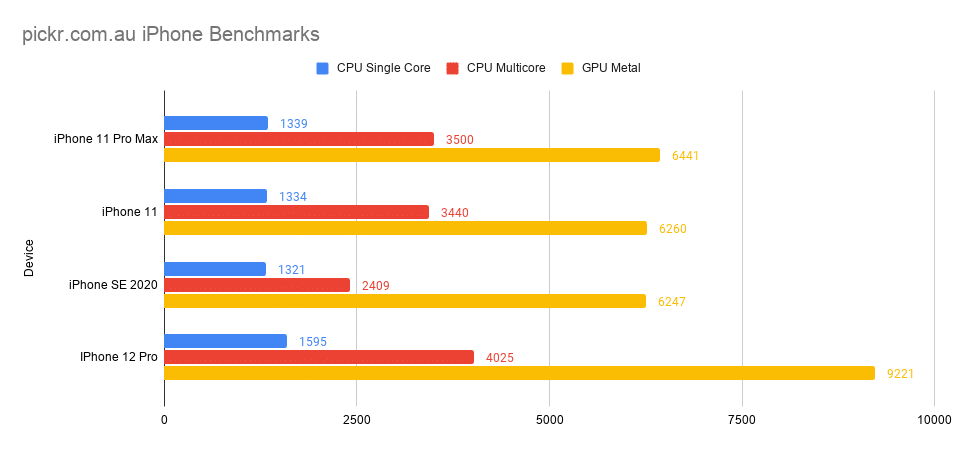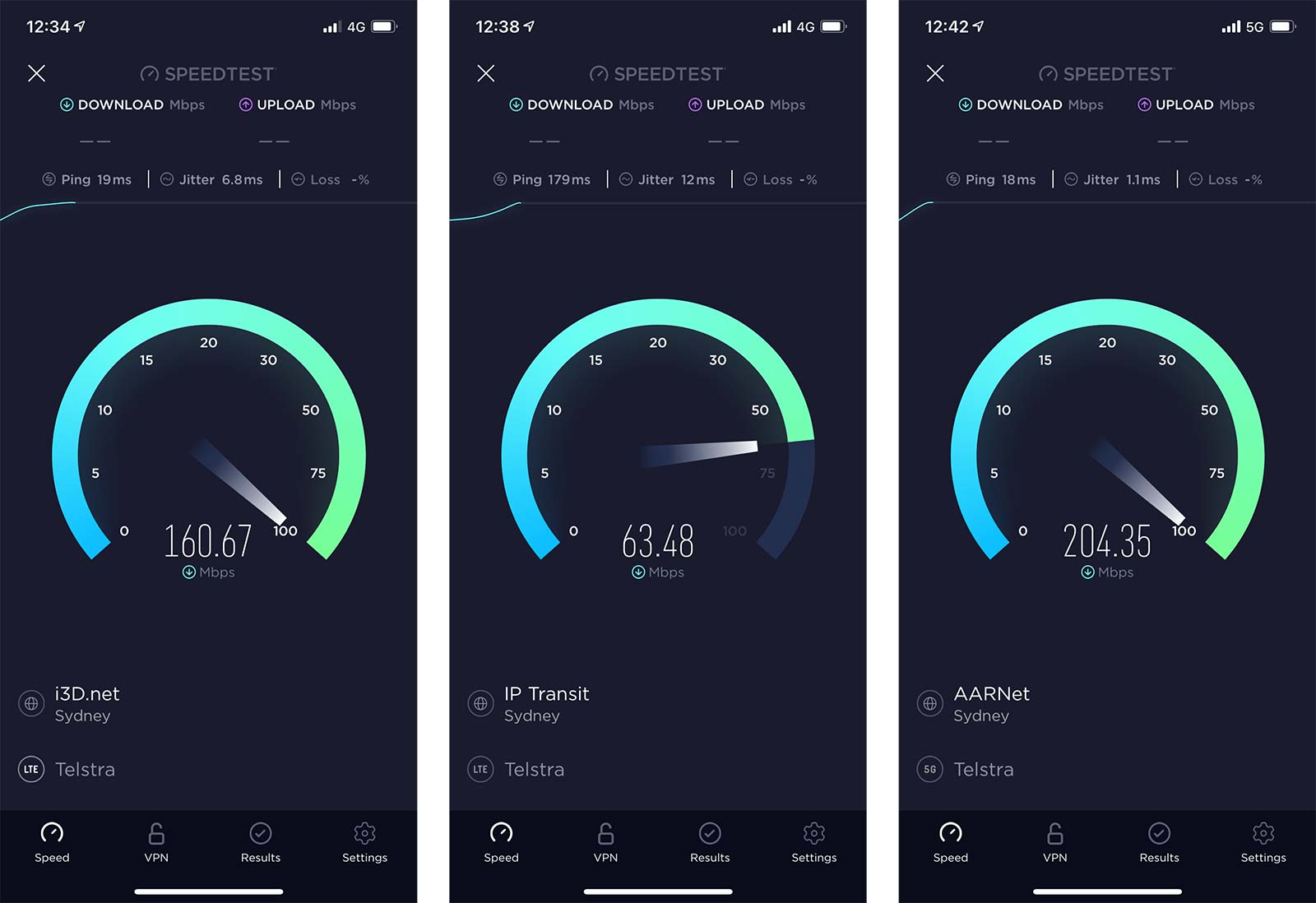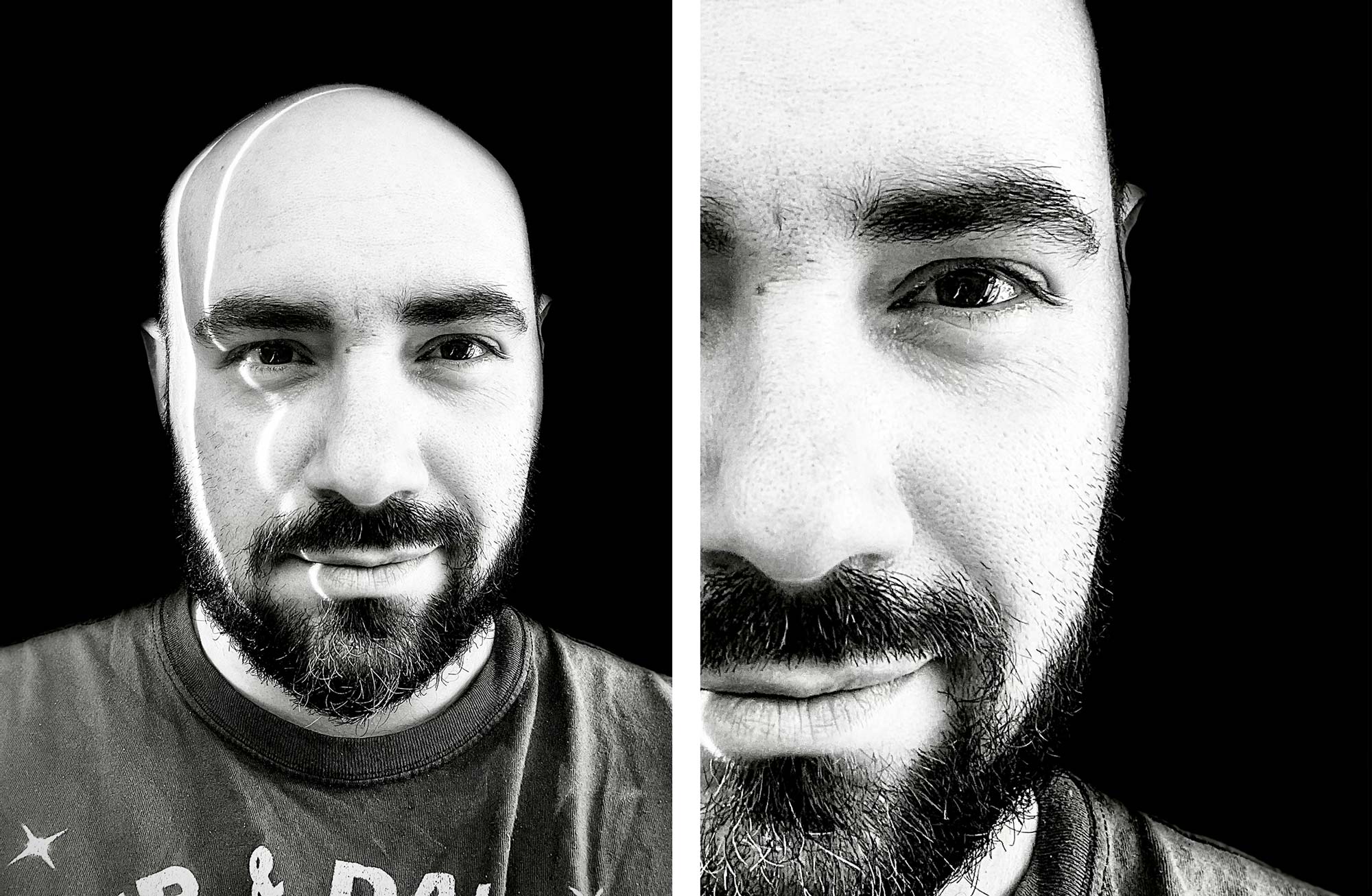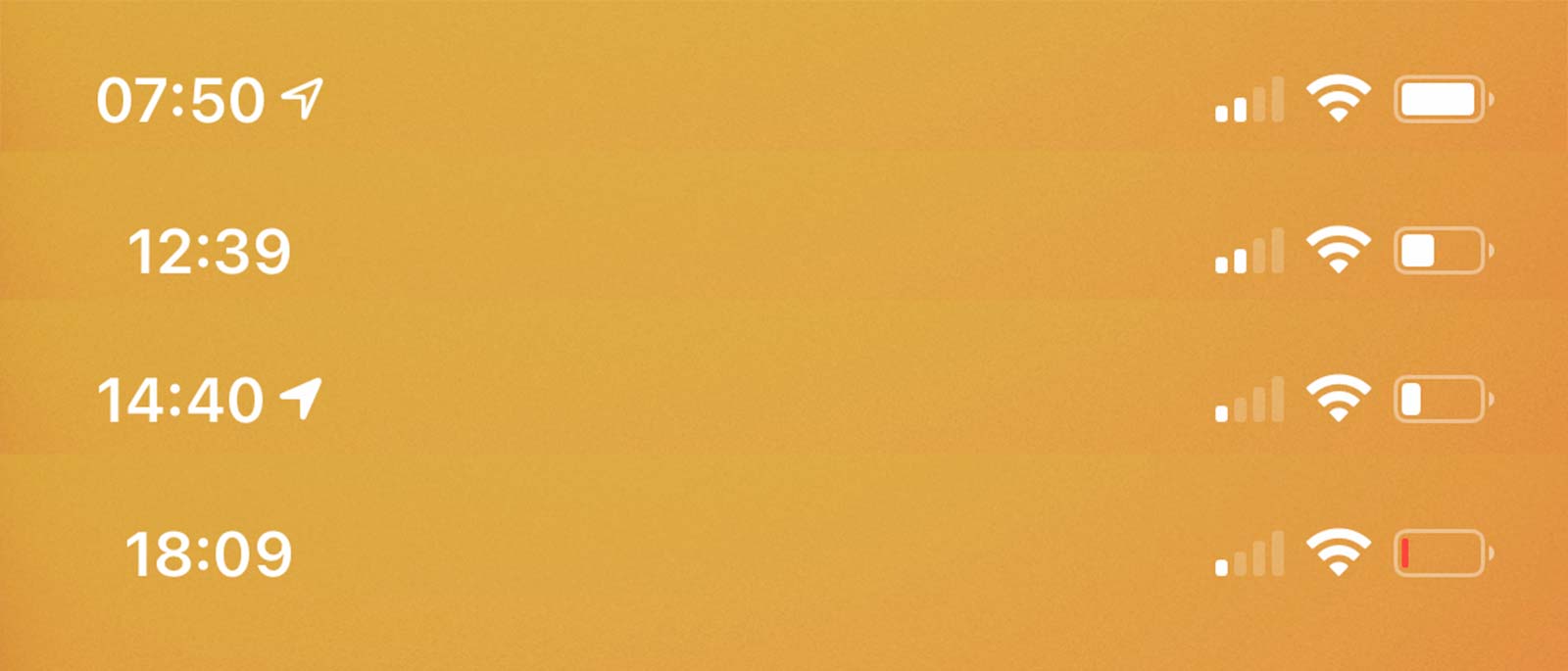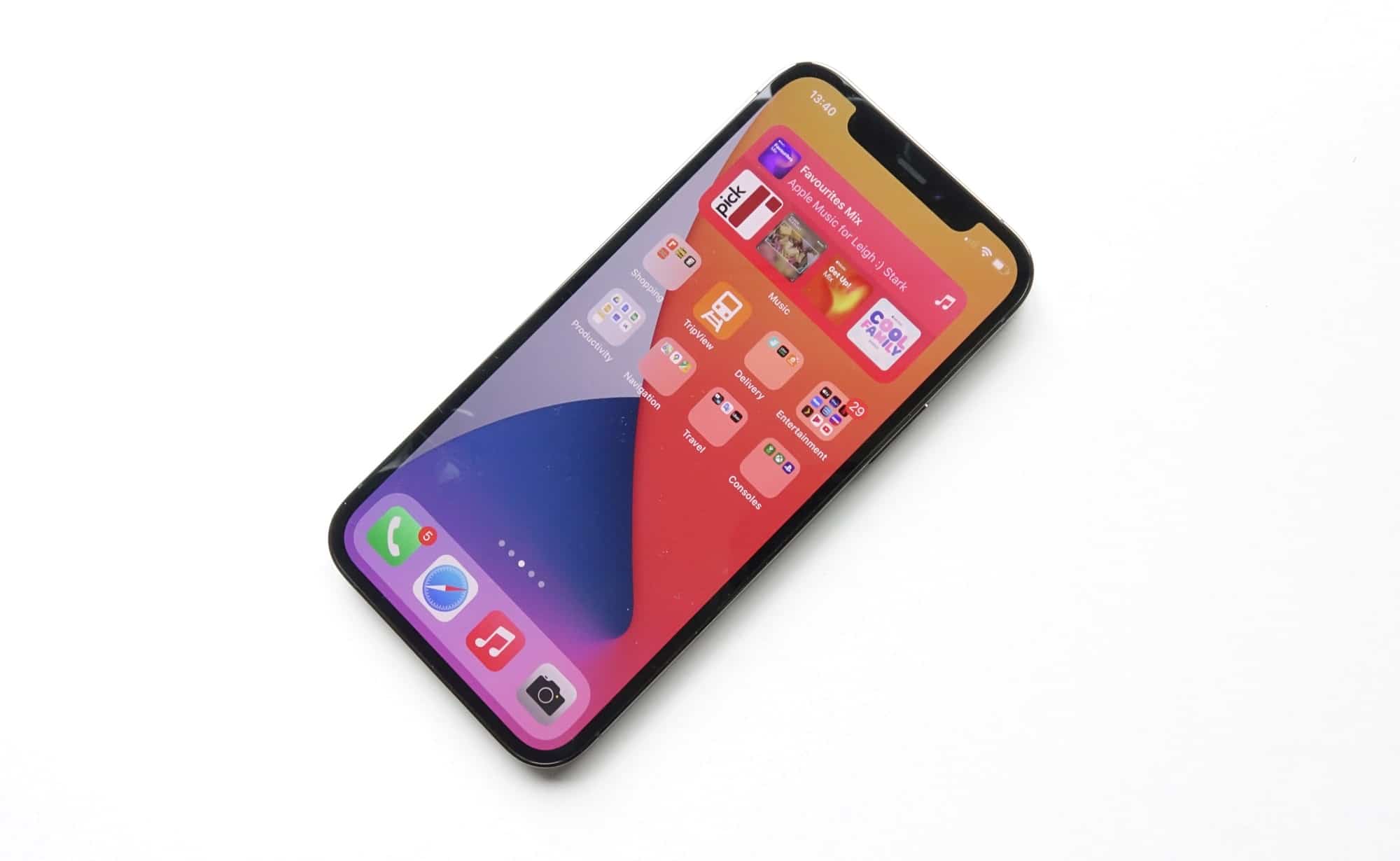Quick review
The good
The not-so-good
Every year, there’s at least one new iPhone, but this year there are five, and the iPhone 12 Pro is the first of the proper flagships. Is it the best iPhone hands down?
A new year, a new iPhone. That’s the way it goes, and has gone year on year for over a decade or so. It might be hard to believe, but we’ve had new iPhones ever year for so long now, the expectation of Apple delivering something latest and greatest becomes palpable for many.
In 2020, the new iPhones have been a little late, but now they’re finally here, delivering more power and support for that 5G everyone is talking about.
First up are the 6.1 inch models, with the iPhone 12 Pro taking centre stage. It’s a sizeable update to the 5.8 inch iPhone 11 Pro from last year, and you’ll now get more screen for your dollar, plus more storage and other features. What’s on offer in 2020’s iPhone 12 Pro, and is it just about the best iPhone you can find today?
Design
The iPhone 12 Pro starts the iPhone anew upon first glance. This isn’t just a regular iPhone change whereby you can tell what’s different by looking at the camera and the spec sheet.
Anyone can see this is a new iPhone simply by looking at it, and that’s thanks in part to the new design language, which also looks a lot like the design language of the iPhone 4, iPhone 4S, iPhone 5, and iPhone 5S — old iPhones — or even the newer iPads, namely the iPad Pro from 2018, the iPad Pro from 2020, and this year’s iPad Air. Specifically, there’s a flat metal edge that runs all the way around the phone, with glass covering the front and back. It’s not an altogether new design for Apple, but it’s one that works well, and comes with benefits.
First of all, it’s easier to grip when holding the iPhone 12 Pro like a camera, because you have firm places to leave your fingers. Second, you can stand the iPhone up on either the bottom or one of the sides, which isn’t just handy for watching content, but for photographing, too.
The only detractor might be that it can make the iPhone look a little blocky, but it’s a design we’ve really grown to love, and suspect you will, too.
Features
Inside that design is a whole host of new parts, with the processor and modem central to the new design. Quite literally, even.
The first of the proper Apple flagships this year, the iPhone 12 Pro sports a variety of hardware in the 5 nanometer A14 Bionic chip, the same one used in the 2020 iPad Air. That chip sports six cores, alongside a four-core graphics chip, and a 16 core neural engine, too. It’s a whole lot of cores for a small-ish phone, with 6GB RAM and a choice of either 128GB, 256GB, or 512GB storage from the get go, though there’s no way of upgrading that once you buy it. Apple’s iOS 14 runs on the iPhone 12 Pro out of the box, too.
You’ll also find three cameras on this phone, sporting three 12 megapixel cameras made up of a 12mp ultra-wide F2.4, a 12mp standard wide F1.6, and a 12mp 2x telephoto set to F2.0. The 12 megapixel love continues on the front, where you’ll find a 12 megapixel F2.2 selfie camera, with 4K capture supported through the Apple camera system.
While the sensors have been improved in the iPhone 12 Pro, there’s also one new part of the rear camera system, and that’s LiDAR. Taken straight from the 2020 iPad Pro, the iPhone 12 Pro is the first of the Apple iPhone models to get the augmented reality (AR) measurement system, which can measure space and depth in a room. Whether you use it or not remains to be seen, but it’s one of those extras which suggests Apple its jumping into AR quite hard.
Also new is what’s happening on the connection side, with some of last year’s additions sticking around — 802.11a/b/g/n/ac/ax WiFi 6, Bluetooth 5, GPS, Near-Field Communication (NFC) for Apple Pay, plus the Lightning port at the bottom. That’s old news, but what’s new news is the support for 5G. In Australia, the iPhone 12 Pro supports the Sub-6 class of 5G, which is widely used across the country. US models support mmWave which has yet to be launched in Australia, and won’t be until some time in 2021. However the iPhone 12 Pro does support the Sub-6 style of 5G, which will stick around regardless for some time to come.
Alongside those features, you can expect wireless charging complete with Apple’s magnetic MagSafe support, a new feature which means a special type of magnetic wireless charger can latch onto the back to provide an optimum wireless charge current, though standard Qi wireless chargers are also supported, too. There’s also IP68 water resistance and Apple’s Face ID biometric security in the design, with all of this held under a 6.1 inch Super AMOLED screen sporting a 2532×1170 panel providing 460 pixels per inch of clarity.
The iPhone 12 Pro encases this all in a design made from stainless steel and glass, measuring 7.4mm thick and weighing 187 grams.
Display
Reviewing the iPhone 12 Pro starts naturally with the screen, and that’s a bit different in this year’s iPhone Pro model, compared with the iPhone 11 Pro of last year.
While the previous 11 Pro and XS iPhone models sported a 5.8 inch screen, this time Apple has upped the screen size to 6.1 to match the iPhone 12, much like the iPhone 11 and iPhone XR. That might ease up on production costs for Apple, as the screens in the iPhone 12 and iPhone 12 Pro look to be the same 6.1 inch OLED displays, complete with Apple’s new ceramic-based toughened glass, which includes an ion-strengthened technology.
In essence, it means the 6.1 inch OLED screen of the iPhone 12 Pro isn’t just good looking with great colours and strong contrast, it also is more durable, with a touch more protection from nicks, scratches, and drops. While we haven’t gone out of our way to introduce damage to Apple’s new iPhone model, we’ve certainly noticed less marks on the screen in the few days we’ve been carrying it, which in the same timeframe for the iPhone 11 Pro Max (during our review) picked up on the odd surface scratch or two, and a year later now looks like it’s been picked at by crows and gulls.
More screen protection is always welcome, and is seriously a good thing, especially when a display looks as good as this.
In-use
Get stuck into using the iPhone 12 Pro and you’ll find one of the more complete versions of iOS yet, iOS 14.
Released recently in time for the new iPad 10.2 and the recent iPad Air, iOS 14 on the iPhone offers an evolution of Apple’s mobile operating systems that manages to bring over widgets and more home screen control to move off some of those apps you might want on your phone, but don’t need to be seen. You’ll find micro app widgets available on any screen, including the left-most, and while it’s refreshing to see Apple give back some of the control for your phone, it can come off feeling a little like the maker of the iPhone has borrowed some of the ideas from both Android and Windows Phone.
That said, it feels very complete, and is incredibly easy to tweak and customise to make your own. For instance, you can employ Siri to learn what you open regularly, using a customisable widget that adapts to how you use your phone, as well as a shortcut bar that changes eight shortcuts based on how you use the apps on your phone. Apps you don’t use can be relocated from your home screen and to an app menu always located at the end of your screens, which can help clean and speed up your iOS experience, too.
The result is an iOS that feels faster, making for a better experience overall, and one that is also helped by the hardware underneath.
Performance
With a fresh new chip on the inside, you’ll find the iPhone 12 Pro just flies. Pretty much no matter what you throw at it, this phone can handle it, and that’s noticed in the benchmarks and apps being run.
It should hardly be surprising: the A14 Bionic is a six core chip paired with a four-core graphics chip and a 16-core “Neural Engine”, coming together in a little piece of hardware genius that is made on a new 5 nanometer process and incorporating 11.8 billion transistors. All of this comes together alongside 6GB RAM to keep the hardware delivering speed and performance, whether you’re playing a game, executing a command over Siri, or running the apps you’ve come to rely on.
We found little to no lag in our time with the iPhone 12 Pro, and the whole thing just flies. It’s a really impressive little system, so much that you shouldn’t have any problems regardless of what you run, whether it’s a productivity app, a 3D title, or something else heavy and hearty. If it feels like Apple has built something future-proof, it’s because it has.
And that extends somewhat to the mobile capabilities, with support for 5G in the iPhone 12 Pro. Australian iPhone 12 owners won’t see support for the mmWave 5G technology that has yet to roll out here, limiting its “future-proof” capability a little, but with the main Sub-6 5G technology included, it means speeds as high as 2Gbps as technically supported, which is good news overall.
Testing the 5G speeds on Telstra’s 5G network in Sydney, our speeds never quite hit those limits, with our tests topping out at around the 500Mbps mark. However, the speeds were still strong, and mean that regardless of whether you’re watching the news, downloading music, or doing something else bandwidth heavy, you should be fine on the iPhone 12 Pro.
Camera
Next up are the cameras, and while you may not notice the changes upon first glance, they are definitely there.
Like last year’s model, there are three to talk about, offering an ultra-wide, a standard wide, and a 2x telephoto. It’s a combination that is distinctly different from what Apple will be releasing in the iPhone 12 Pro Max, which gets a 2.5x telephoto, not a 2x, but it’s also a change from last year thanks to improvements to the sensor technology all around.
As such, while all three cameras sport a 12 megapixel sensor sporting 4K video capture, all now handle low light modes, as opposed to the main camera doing the heavy lifting, and the other two largely sitting idly by for chit chat.
The result is beautifully clear images in daylight and exceptional images at night, so much that the iPhone 12 Pro camera can deliver some impressive 1 to 1 imagery for what you’re seeing.
Like in last year’s 11 Pro range, there are two ways to capture low-light imagery: let the night mode do its thing by stacking images together over a few seconds, or turn it off and see what sort of black magic wizardry Apple’s camera development team has accomplished this year.
We did both.
With the camera doing its thing with without the automated image stacking, you’ll find any image that is typically close to what the human eye sees (left), complete with the right amount of darkness and colour balance, something that was largely surprising. Let the camera do its thing automatically with image stacking (right), and the scene brightens up beautifully, delivering a scene that may surprise even what your eyes can do.
The results are excellent regardless, and while you’ll definitely want to hold still for either, means the iPhone 12 Pro is capable of delivering not just what the eye sees, but what they eye cannot see, either.
Across the rest of the camera, you’ll find some solid portrait capabilities, with improvements to how the iPhone camera deals with fuzzy details that often go blurry, such as hair fading into the background. Apple’s portrait engine is still no match for a proper low-light portraiture lens and camera, but it’s getting a lot better, and with hardware working alongside algorithms, Apple is delivering some beautifully solid imagery in the iPhone 12 Pro.
This is a lovely camera for stills, for sure, and for video, as well.
You’ll find support for 4K video in the iPhone 12 Pro, there since last year, but The inclusion of HDR in video is interesting, too, not just because it’s nice that it will be supported by pretty much every new TV in the market, but it’s something you can see in the video previews, too.
When you go to watch a video that you’ve captured, almost by magic, the screen will get brighter and the image clearer, as Dolby Vision HDR kicks in when videos you’ve captured suddenly support the technology.
It will make more sense when you’re out and about, with the light glaring and you looking to get more of the picture balanced, but it’s something you can still see from the screen of the iPhone 12 Pro yourself, and that is indeed interesting all the same.
The quality also extends to the selfie mode, which can deliver some strikingly solid images both in detail and clarity. It’s something Apple is clearly getting better at, even if the iPhone 12 Pro’s camera isn’t very different (if at all) from the iPhone 11 Pro’s 12 megapixel F2.2 camera.
Sufficed to say, you should be impressed with what the iPhone 12 Pro camera can do. It really is one of the stars of the show.
Battery
As strong as the praise is on the iPhone 12 Pro, it might come to a screaming halt where battery life is concerned.
Simply put, it can be very hit and miss. We’ve seen life ranging from a work day to a full day to just under 12 hours, meaning you may want to bring a battery charger with you.
That charger may be a slight problem if you’re a new iPhone owner, as well: the iPhone 12 Pro is one of the first iPhone models to come without a charging brick, even if it comes with a Type C to Lightning cable. While that might seem annoying and a move that may anger some, it is very easily dealt with, and helps to make a slimmer package altogether.
The truth of the matter is Lightning cables aren’t hard to find, but if you’re concerned the iPhone 12 Pro won’t make it a day, keep a cable with you. It’s just safer that way.
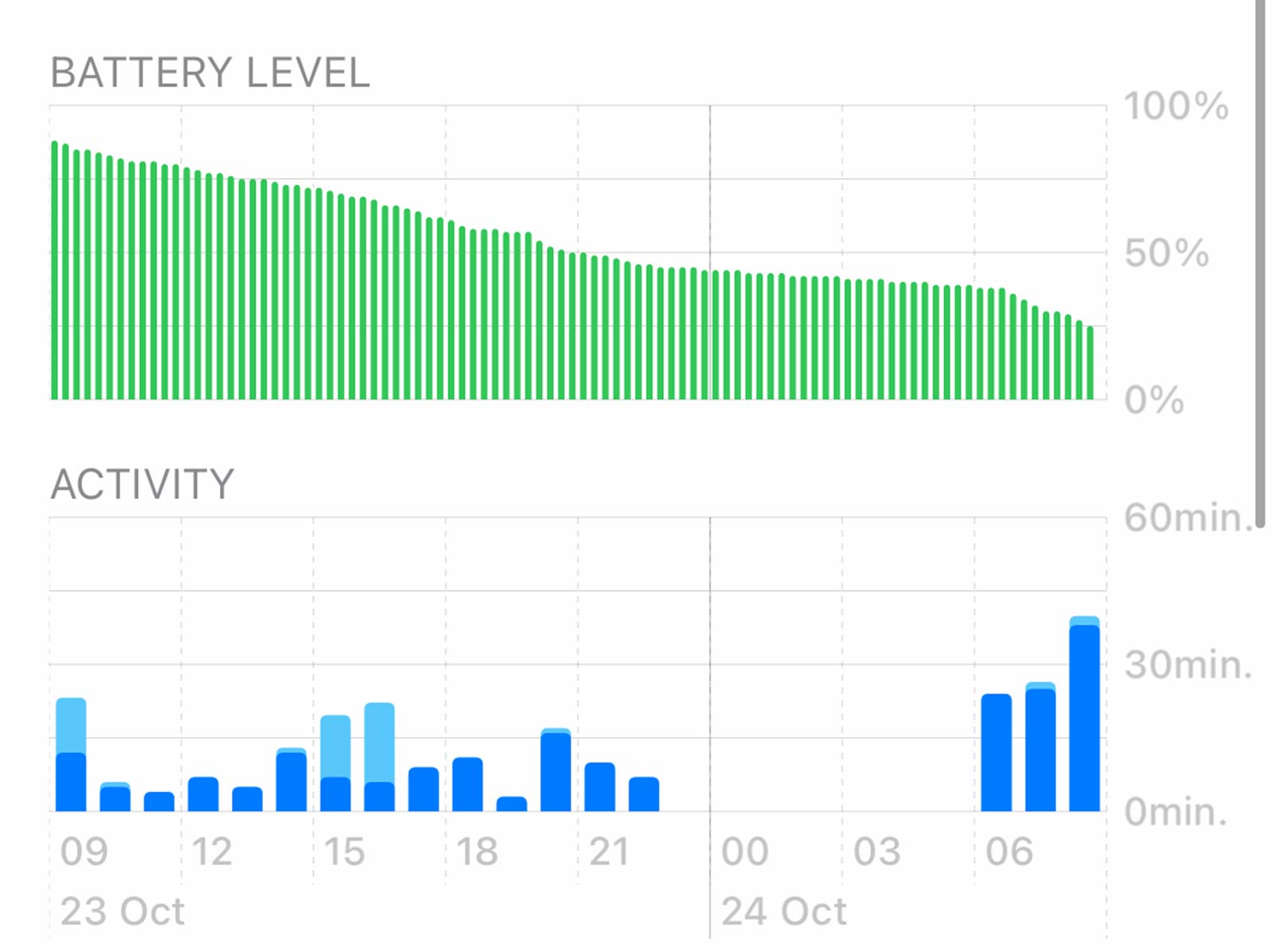
Value
Or you can go and buy a power bank and a cable to go with the price of the iPhone 12 Pro, which isn’t particularly cheap, even if it might not be the most expensive phone in Apple’s line-up this year.
In 2020, the iPhone 12 Pro starts at $1699, which isn’t altogether inexpensive for a phone in 2020, but also isn’t stupidly expensive either. In fact, it’s actually a little less expensive than last year’s iPhone 11 Pro, which started at $50 more for the 64GB model, which has thankfully gone away. This year, the $1699 price tag gets you a 128GB model, which feels like an improvement on the basics, though there’s a little bit more going on.
For that price, folks are getting what is easily the best iPhone experience yet, delivering 5G, an improved camera, and a beautiful design, even if it does come with one issue that can feel like it gets in the way just a bit.
What needs work?
Battery life.
We’ve already noted the slight issues with the iPhone 12 Pro and battery life, as the two of them just aren’t great friends.
At its best, you’ll get maybe a little over a day, with 24 to 28 hours possible from the iPhone 12 Pro, provided you don’t live too much of a life on the phone.
Live on the phone a little more by taking advantage of everything it has to offer, and you can expect the iPhone 12 Pro battery life to take a bit of a beating, and need a charge before you go to bed.
At its worst, we found just shy of 11 hours of use from the phone, with that arriving on a day where we were using the camera very often for about 80 to 100 images.
Over the several days we tested the iPhone 12 Pro for this review, we found the more you used either the camera or the screen, the more the battery life took a beating.
That’s not to say it’s entirely unexpected: testing the phone through our iPhone 12 Pro review, we found the battery rated at 2815mAh, so we’re not entirely shocked by the battery issues. That’s lower than the 3000mAh minimum we’d expect a phone might have these days, and for a phone this premium, we wouldn’t be surprised to yearn for more battery life altogether. While we suspect 5G could deal another blow to battery life here, a lack of 5G in many of the areas we conducted our tests didn’t help with that.
The one saving grace the iPhone 12 Pro has working in its favour is the method of charging, because there are technically three approaches on offer
- A Lightning port at the bottom, which is about as ubiquitous as all get out without being the Type C universal standard
- Wireless charging, which is a standard these days (Qi), and
- The new MagSafe wireless charging technology, which actually relies on the same Qi wireless charging tech, but has a magnet ring to hold in place to ensure a more powerful and therefore faster wireless charge.
Granted, it’s a touch annoying that the battery can be hit and miss, and won’t be far off what you might experience with an iPhone right now. Frankly, if you’re used to charging once a day as it is with your current iPhone 11 Pro, iPhone XS, iPhone X, or practically any other iPhone, that situation won’t change with the iPhone 12 Pro. This is still a day phone, which isn’t a great situation, but isn’t a dire issue for folks used to that on the whole.
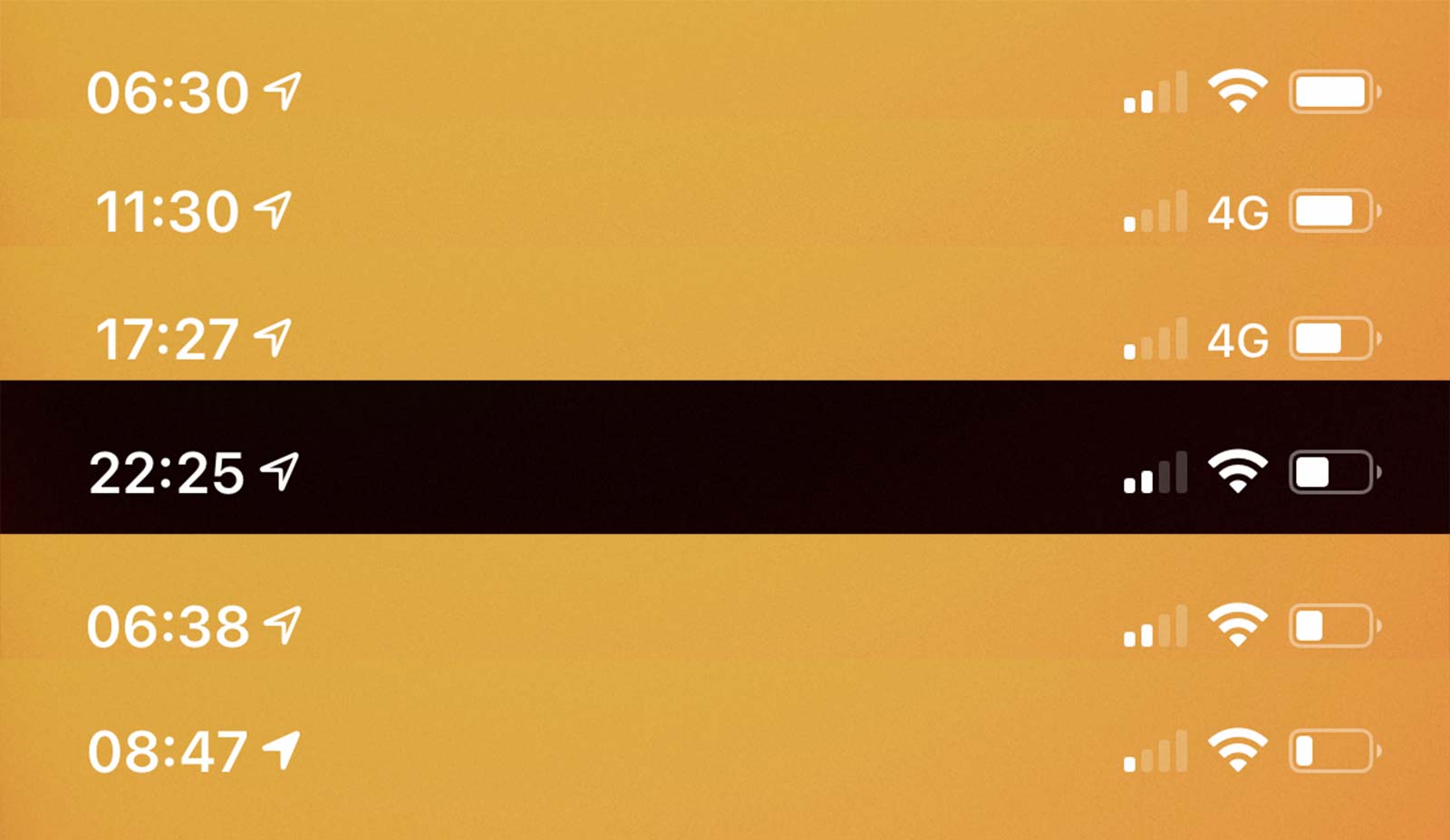
Final thoughts (TLDR)
There are a lot of things going for the iPhone 12 Pro, many of which are easy to fall in love with.
It’s a design that can stand up by itself, and feels great in the hands. The iPhone 12 Pro is so much easier to hold, and you might not want to let go of. The performance is rock solid and the camera is one of the best. It’s about the best iPhone you can find today.
This phone is easy to admire.
But the battery life isn’t a strong part of that, and we suspect until the iPhone 12 Pro Max rolls around, which will be a bigger iPhone with room for a notably bigger battery, folks who really use their iPhone hard may want to wait until that arrives.
The iPhone 12 Pro is very, very good. It is exceptionally good, but battery life undermines how awesome this phone can be. It is an amazing phone, and one of the best out there, but the battery life can’t beat some of the other phones we’ve reviewed this year, and that’s a real shame.
If you’re not bothered by possibly needing a charge from frequent use, and just want a comfortable phone with outstanding features everywhere else, the iPhone 12 Pro may be the phone for you. Otherwise, we might suggest waiting until the iPhone 12 Pro Max arrives in November, because it will likely be more of the same great hardware on top of a battery that can do a little more. Either way, this phone is highly recommended.



